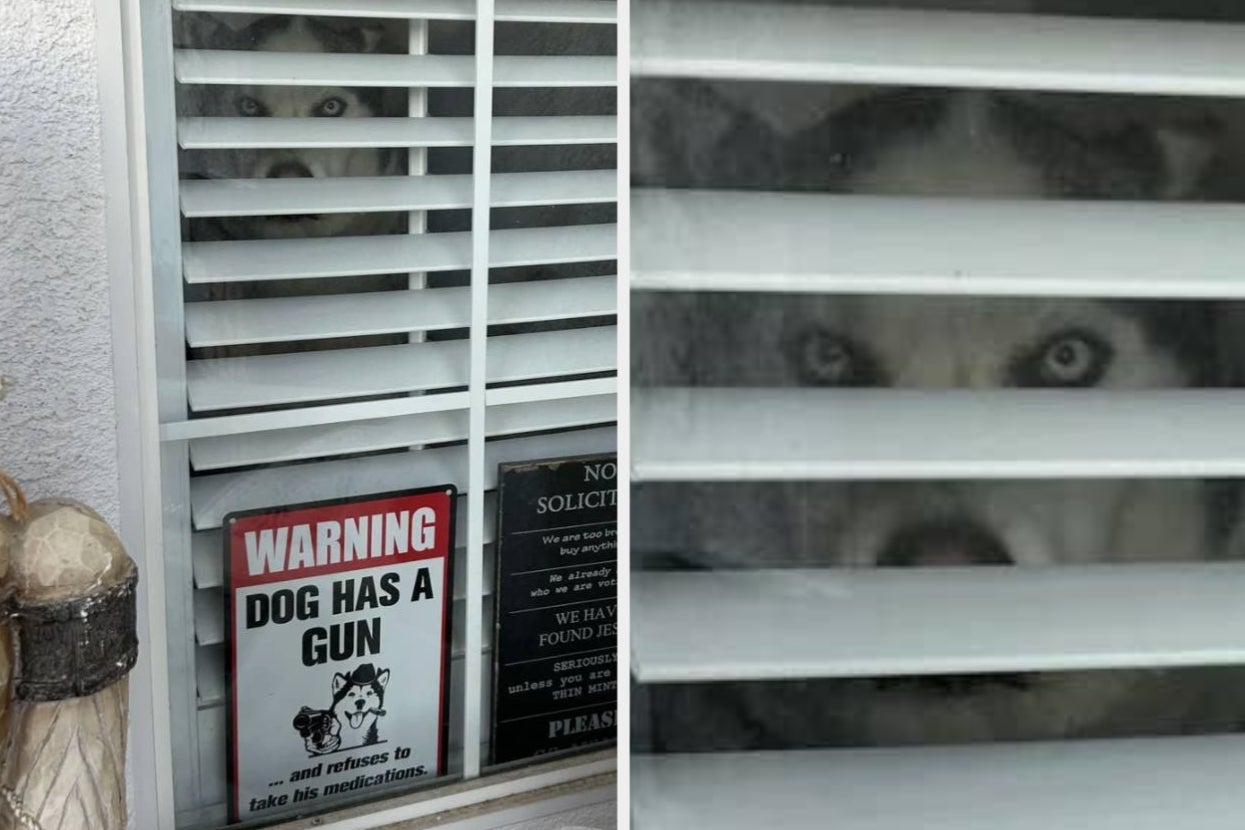 The current "Rolling Stone" (to whose print edition I'm fated to subscribe until it dematerializes) has a disturbing article about Phil Collins, whose hits in the '80s and '90s with Genesis and as a solo artist manifested an easy, soulful sensibility that I found irresistible. He also did a great job producing Eric Clapton's mid-'80s comeback albums, "Behind the Sun" and "August."
The current "Rolling Stone" (to whose print edition I'm fated to subscribe until it dematerializes) has a disturbing article about Phil Collins, whose hits in the '80s and '90s with Genesis and as a solo artist manifested an easy, soulful sensibility that I found irresistible. He also did a great job producing Eric Clapton's mid-'80s comeback albums, "Behind the Sun" and "August."His outstanding work notwithstanding, some extremely unpleasant art rock devotees identified Collins as the cause of all their problems after he took over from Peter Gabriel as Genesis' lead singer in 1975. In every field of human striving, there's a fanatical cabal that sucks every glimmer of joy out of life in the name of some ideal of purity. In Collins' case, they sent him hate mail because they didn't like his pop songs.
What's really disturbing, the RS article discloses, is that it seemed to get to him. He's also lost a good deal of his hearing and, as the result of a neck injury, the ability to grip anything with his hands -- not only drumsticks but eating utensils. While he's preparing to tour behind a new album of Motown covers, he won't be playing the drums, and he's considering retiring from music afterward. He admits to having had suicidal thoughts.

The great joy in his life, besides his two sons, whom he's raising at his home in Switzerland, is his collection of Alamo memorabilia, one of the world's best. So arriving in San Antonio this afternoon for an Episcopal schools conference, having just read the RS article, I found it synchronicitous indeed to get a chance to hear his upbeat voice narrating an account of the Battle of the Alamo written to go along with a carefully constructed 13- by 15-foot model showing the Alamo compound circa 1836.
Collins purchased the model last year and gave it to a small private museum, the History Shop, on Houston St., not far from where the compound's northeast corner would've been on the morning in March 1836 when the forces of General Antonio Lopez de Santa Anna launched their first assault. They eventually killed all the defenders, sparing only the woman and children huddled in the sacristy of the old mission church in the southeast corner (the building, below, which most people think is the Alamo).
A young woman named Megan was on duty when Kathy and I visited this afternoon. She showed us a small excavation, perhaps four feet deep, that had revealed horseshoes (which, given the museum's location, might have been left by elements of the Mexican army) and a cannon ball. We also met El Paso-born History Sh
 op staffer Art Duke, who assisted with the dig. He told us that Collins would be back in town soon for an Alamo anniversary event.
op staffer Art Duke, who assisted with the dig. He told us that Collins would be back in town soon for an Alamo anniversary event.His narration takes 13 minutes as spotlights illuminate key moments and positions inside and outside the compound. It's not a "don't mess with Texas" show but rather one that acknowledges ambiguity and unanswered questions, such as how many of the new Texas Republic's best were holed up and died there (estimates ranging from 180 to 225). Being fair to all who fought their hardest for a cause they believed in, he calls one Mexican officer who died while trying to rip the Texas flag from atop the Long Barracks a hero. He should be careful, because Texans make Peter Gabriel fans seem like pansies.








1 comment:
You have to know that, as a Texan, it's a little incongruous to think about Phil Collins narrating anything about the Alamo. It's the Cradle of Texas Liberty after all. Shouldn't all narration be done by Sam Elliott? Or Robert Mitchum? Or at least Dan Rather? On the other hand, I'm glad he's doing something he loves. He did a great job with "August."
Post a Comment